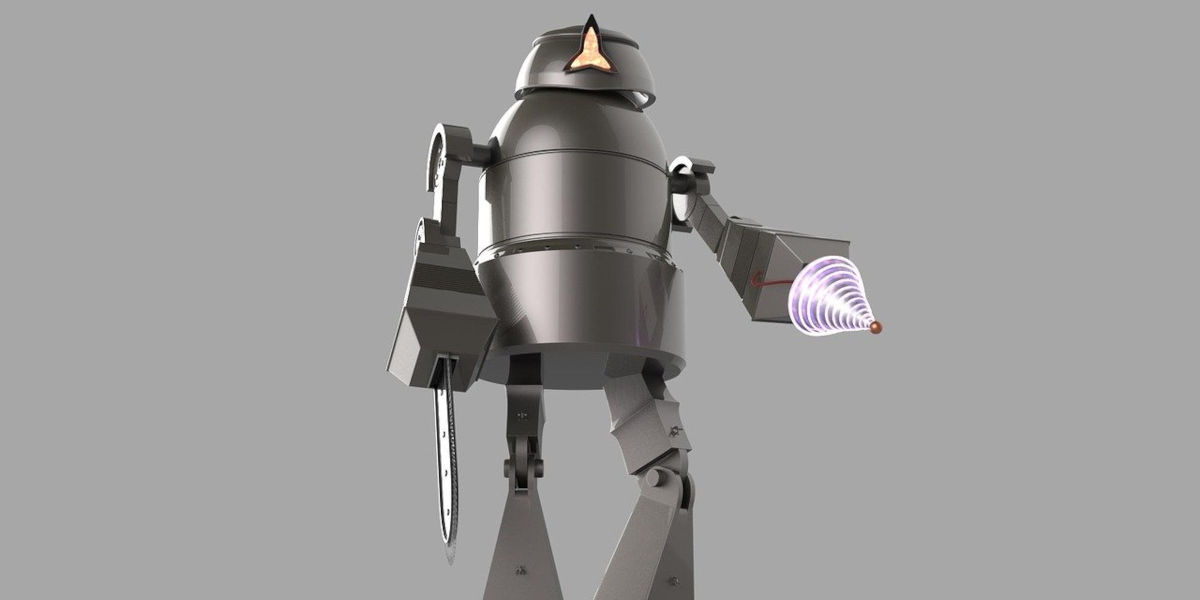When it comes to creating immersive and engaging gaming experiences, no element is more vital than the implementation of realistic physics. Be it the thrill of high-speed chases in a racing game, the trajectory of a bullet in a first-person shooter, or the simple way characters move in the environment, the complex weaving of digital physics is what makes video games feel tangible and real, forming the backbone of interactive exploits on the screen.
Unraveling the Role of Physics in Game Development
Physics in game development transcends beyond mere technical jargon. It is the invisible force, the underlying thread that imbues games with a sense of order and reality, defining the rules and behaviors for every element within the game's universe. From rendering realistic movements and forces to creating credible interactions between game entities, game physics enhances authenticity, heightening the immersive gaming experience tenfold.
Imagine you’re playing a soccer game, getting ready to take a free-kick. The curve you put on the ball, the way it spins and ultimately evades the goalkeeper's grasp to find its home in the back of the net - it’s all a question of physics. The arc of the ball, the dynamics of its movement, the subtlety of its spin - developers employ mathematical models to simulate these physical phenomena, anchoring the virtual sports experience in palpable reality.
The Art and Science of Implementing Game Physics
Implementing game physics is a two-fold task. It involves the understanding of real-world physics concepts like gravity, inertia, momentum, and the transformation of these principles into mathematical models and algorithms that a computer can interpret. The second part is where the real challenge lies. Defining the motion and reaction of each pixel on the screen, accounting for lighting, textures, collisions, and many other factors, demand rigorous attention to detail.
Let's consider the world-famous game, Angry Birds. The way the birds are flung into the air, the angle of launch, the force of the throw, the deconstruction of structures upon impact - all these aspects contribute to the game's success. And at the heart of it, is the accurate representation and application of physics principles. Different stages introduce different variables, from wind resistance to the varying weight of the birds, thus changing the gameplay and requiring the player to rethink their strategy - a testimony to the transformative role of physics in game design.
How does Physics Work in Video Games? An Inside Look
The integration of realistic physics in video games is a lot like the implementation of special effects in movies. It's a magical sleight of hand with the objective to trick the player's eye into believing the illusion. Physics computations in video games aim to mimic the behavior of objects in the real world. The ultimate goal is to achieve a plausible simulation rather than an exact emulation of the laws of nature.
In video games, objects are given properties like mass, velocity, and location. Based on these properties, the game physics engine determines how these objects will interact with one another and respond to various forces. Collisions, ragdoll physics, liquid physics, and deformable objects are all recurring instances of how physics in game development can craft immersive, indelible, and dynamic gaming experiences.
After our initial discussion on how physics is used to heighten realism in video games, let's now dive deeper into the complex process used by game developers to bring objects and characters to life within the virtual setting.
The Art of Simulating Motion
Simulating physics realistically in video games involves giving virtual objects properties consistent with their real-world counterparts. Such properties include weight, shape, volume, and the way they move and interact with each other. However, creating this virtual movement isn't simple as it involves a fundamental understanding of equations of motion.
These equations, formulated by Sir Isaac Newton, describe the relationship between an object's motion and the forces acting on it. Understanding and manipulating these equations enable game developers to define how objects travel and interact within the game environment.
Indeed, when a player encounters a boulder in-game and pushes it, they expect it to act as a boulder would in the real world, rolling or sliding, and not float or fly off into the distance. Unless the game rules dictate otherwise, the boulder should respond with a sense of weight and resistance, and the player must exert effort to move it.
Physics Engines in Game Development
Implementing physics isn't just a one-off task; instead, it involves continuous checks and balances at every stage of game development. Physics engines, such as Unity's PhysX and Unreal Engine's Chaos, are designed to help game developers manage these tasks. These engines integrate several mathematical models that simulate gravitational forces, collision detection, and fluid dynamics. They also aid in computing the actions and effects of these forces, helping developers produce realistic motion within the game scene.
The use of physics in game development is not merely limited to large objects like boulders and vehicles. Each entity, from a leaf floating in the wind to a cloth draped over a chair, requires careful implementation of physics to portray more lifelike movements and interactions. In games, these intricate details can transform a static, artificial environment into a vibrant, immersive world.




